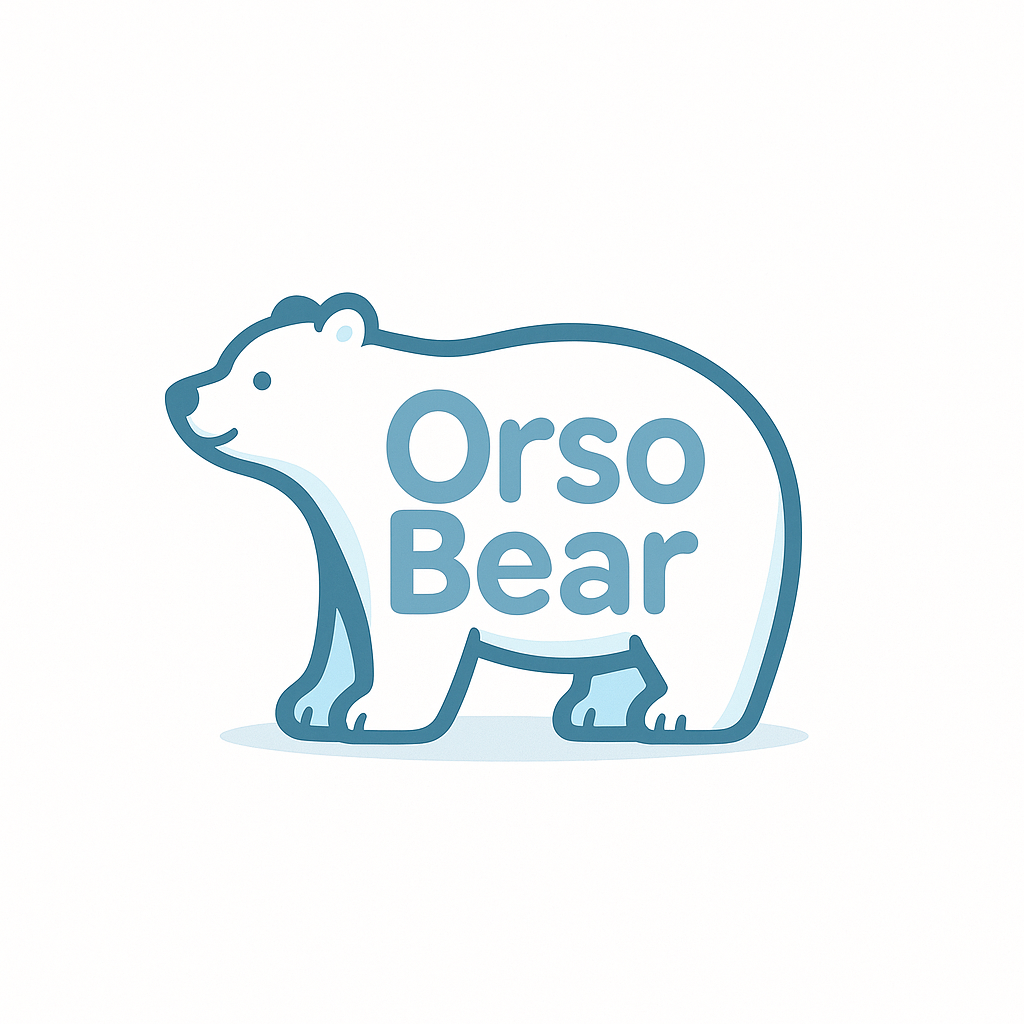Unlocking Potential with Generative AI Tools for Small Businesses
Artificial Intelligence (AI) is no longer a futuristic concept reserved for science fiction novels. Today, it is a reality that is reshaping the way we conduct business and live our everyday lives. This is particularly true for small businesses, which can leverage the power of AI to streamline their operations and compete with larger industry players. One of the most exciting developments in AI is the rise of generative tools. These AI-powered systems can create new content from scratch, from articles and social media posts to product designs and music. In this post, we will explore how small businesses can utilize generative AI tools to gain a competitive edge.
Understanding Generative AI
Generative AI refers to artificial intelligence models that can generate new, original content. They use machine learning algorithms to analyze existing data and patterns, and then create something entirely new based on what they’ve learned. The results can be text, images, music, or any other form of content.
For example, OpenAI’s GPT-3 can write unique articles, while DeepArt and DeepDream can produce original visual art. Small businesses can use these tools for a myriad of applications, such as content creation for marketing, product design, and even customer service.
Content Creation and Marketing
Keeping up with the constant demand for fresh, engaging content can be a daunting task for small businesses. That’s where generative AI comes in. AI tools like GPT-3 can generate blog posts, social media updates, product descriptions, and more, freeing up time for small business owners to focus on other aspects of their operations.
For instance, a small online retail store can use AI to write product descriptions that highlight key features and benefits, while also being SEO-friendly. This not only saves time but also ensures a consistent quality of content that can drive traffic and boost sales. Tools like Phrasee even specialize in creating AI-generated email subject lines, improving open rates and engagement.
Product Design and Innovation
Generative AI is also revolutionizing the product design process. Tools like Autodesk’s Dreamcatcher use AI to generate design options based on specific parameters. This means small businesses can explore a multitude of potential designs quickly and cost-effectively, fostering innovation and cutting down on development time.
Consider the case of a small furniture manufacturer. They could use a generative design tool to input certain parameters like material, cost, and durability. The AI would then generate a range of design options that meet these criteria, allowing the manufacturer to choose the best one without having to manually create each design.
Future Implications and Trends
As AI technology continues to evolve, we can expect to see generative AI playing an increasingly prominent role in small businesses. Advances in natural language processing and machine learning algorithms will make generative AI more accurate and versatile. This will open up new opportunities for small businesses to automate and optimize their operations.
One trend to watch is the use of generative AI in personalized marketing. Imagine a world where AI can create personalized content for each customer based on their preferences and behaviors. This level of personalization could dramatically increase customer engagement and loyalty, giving small businesses a powerful tool to compete with larger corporations.
Conclusion: Embracing Generative AI
Generative AI holds immense potential for small businesses. It can help them create high-quality content, design innovative products, and deliver personalized experiences to their customers. However, as with any technology, it’s important for businesses to approach AI with a clear strategy and a focus on ethical considerations.
As we move into the future, the question for small businesses is not if they will use generative AI, but how. By embracing this technology, small businesses can unlock new levels of efficiency, creativity, and customer engagement. The future of small business may well be written by AI.




